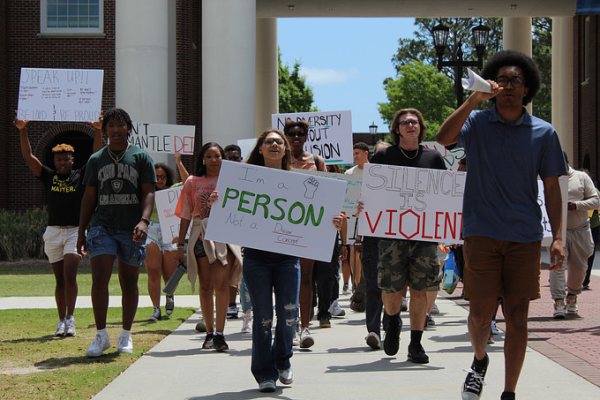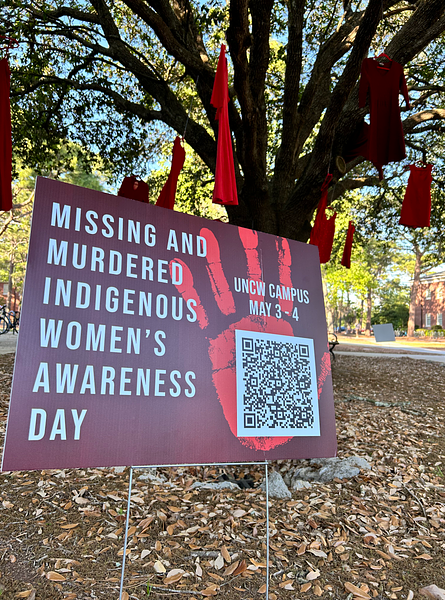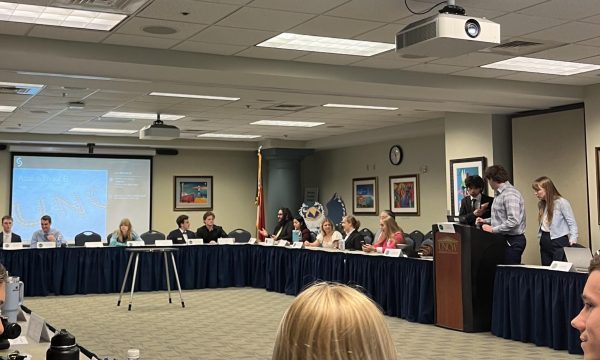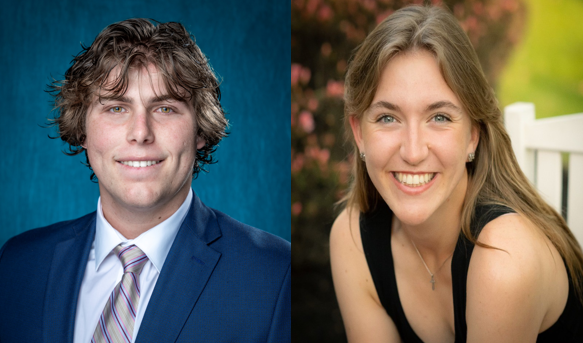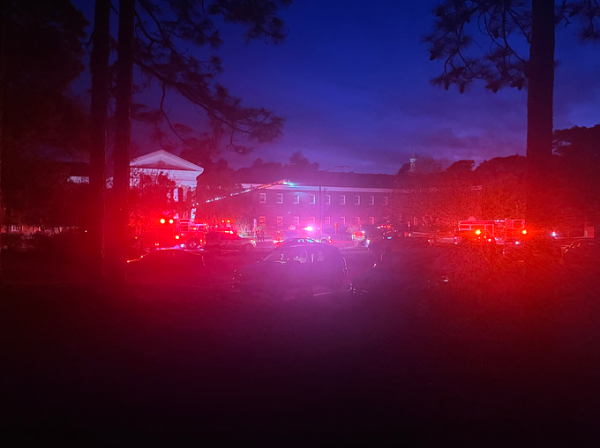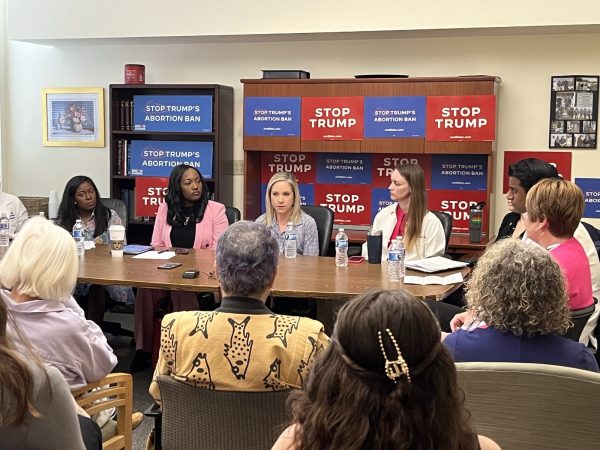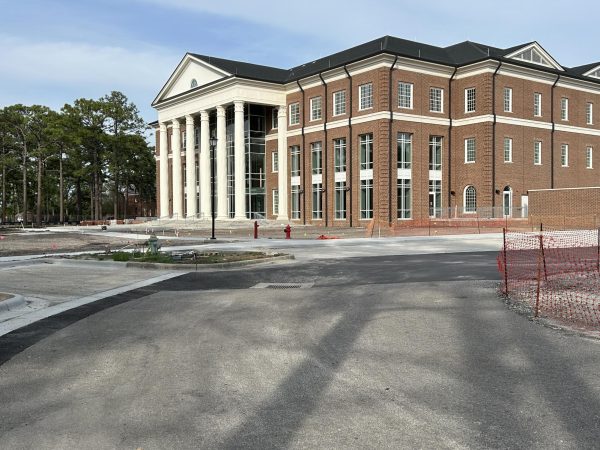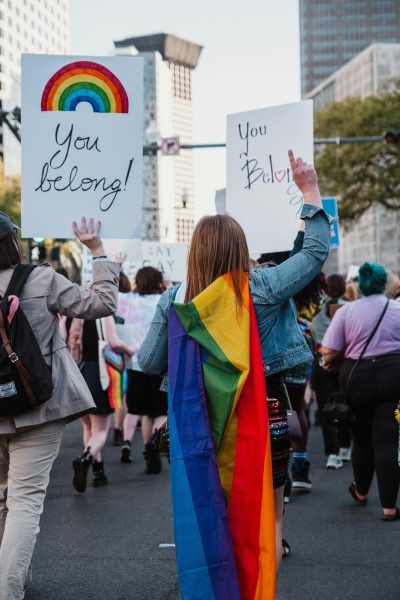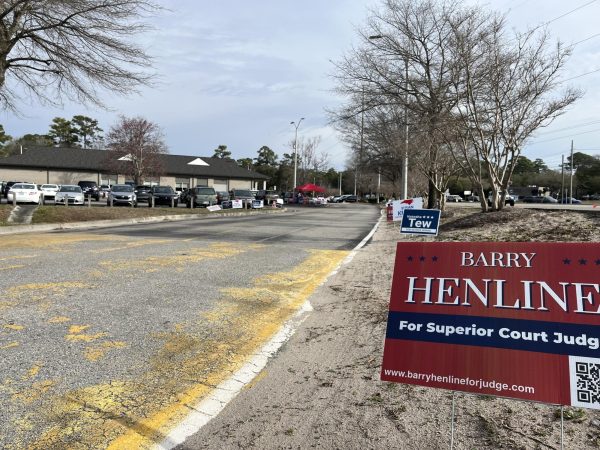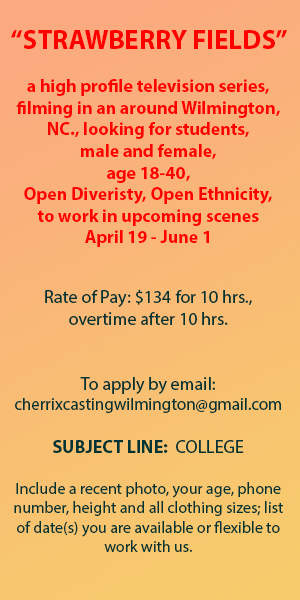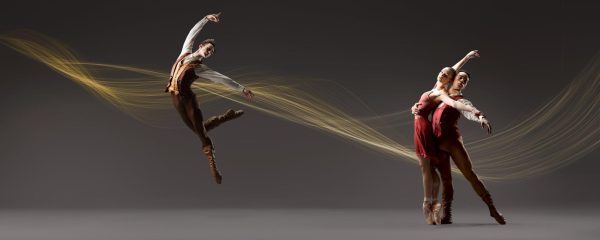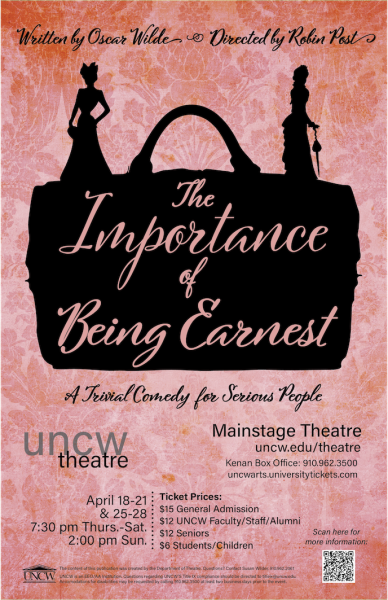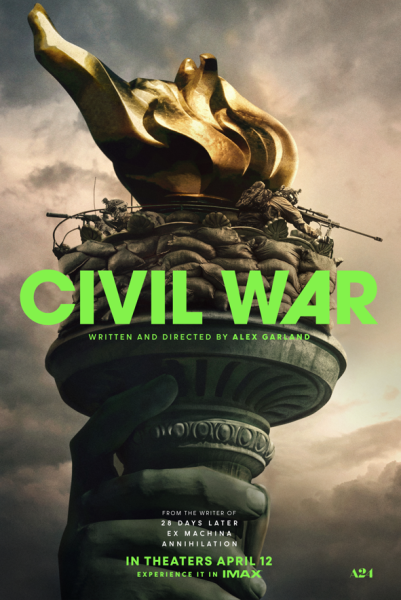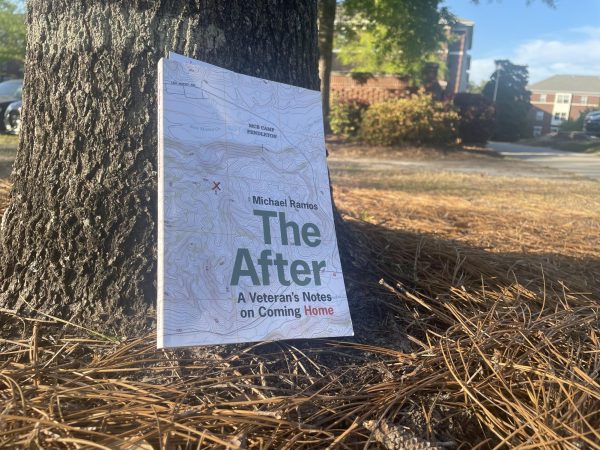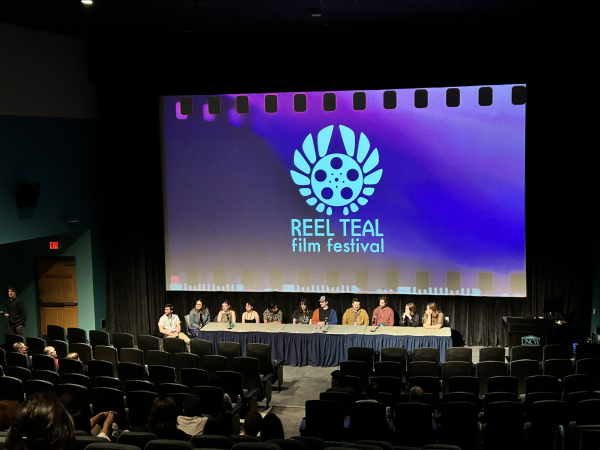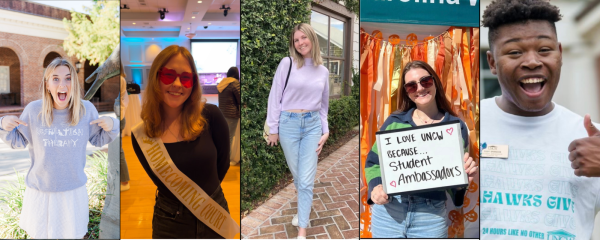UNCW’s first Bollywood film series comes to campus
October 24, 2012
Hollywood says Paris is for lovers, but Bollywood capitalized on that title from it’s inauguration. Known for fantastical plots that dramatize Hindu love affairs, Bollywood cinema is coming to UNCW for the first time in “Mantra 2012: Bollywood Film Series.”
The series is set to play in King Hall Theatre on Nov. 2 and 3. It will include a selection of four Bollywood classics, as well as pre-packaged, traditional Indian snacks.
The event was organized by Nandana Bose’s introduction to Bollywood cinema class and is free for both students and the general public.
“We wanted to reach out to the general community, so they could see what Bollywood is and have awareness as to what a vibrant industry this is,” said Bose, a professor of film studies at UNCW. “Bollywood does a great job of showcasing Indian culture, society, changes that have taken place, economy, lifestyles and politics.”
The class was divided into seven groups, each responsible for organizing the event in various ways.
As representative for the programming committee, junior Nick Naar led his peers to select the four films, chosen from a longer list generated by Bose. The programming committee watched every movie on Bose’s list and carefully narrowed it down.
“We wanted to show the variety of Bollywood,” Naar said. “A lot of Americans think Bollywood [only] has one type of romantic comedy with singing and dancing, which doesn’t define the whole industry.”
The first night of the series will include a showing of “Hum Tum” at 3 p.m. and “Chak De India!” at 7 p.m. Showing these movies on the first night will serve as a great introduction to Bollywood for students, Naar said.
“‘Hum Tum’ is a solid example of Bollywood expectations,” Naar said. “‘Chak de India!’ is an example of New Bollywood, moving away from song and dance and concentrating on a tighter narrative. They’re more approachable films for American audiences.”
In the last decade, an exciting change has been occurring in traditional Hindi movies, appropriately titled New Bollywood. New Bollywood creates movies that combine aspects of Hollywood with the youth of India.
“New Bollywood is about ordinary people,” said Bose. “[New Bollywood includes] things that are universal and that people can connect with. There’s emphasis on narrative and script, which wasn’t in earlier Bollywood.”
In contrast with Friday’s selection, Saturday will include “Dhoom:2” at 3 p.m. and Dilwale Dulhania Le Jayenge at 7 p.m., drastically dissimilar classics that are passionately loved by audiences around the world.
“Dhoom:2 and DDLJ are two of the most successful and highest-grossing films globally, not just in India,” said Bose. “These are excellent choices by the programming committee. They’re a good blend of everything.”
Bose encourages students from all backgrounds to attend the event to broaden their horizons and to break their misconceptions of Bollywood.
Courtenay Sherwood, a junior on the off-campus publicity team for Bose’s class, believes the musical numbers are the best part of Bollywood films.
“The song and dance sequences are so fun,” said Sherwood. “They’re kind of cheesy, but they lift up the whole film.”
Bose teaches her students to accept the nuances of Hindi movies, such as overacting and fantasy sequences, that aren’t typically found in Hollywood films.
“[Bose] says that it’s escapist cinema because people deal with tragic problems and these movies bring them out of that and show them a fantastical lifestyle and environment,” said film studies major David Ross.
Ross, Bose’s former student, has loved Hindi movies since high school. Despite their fantastic quality, or perhaps because of it, Ross has developed a passion for Bollywood films.
“They’re fun to watch,” said Ross. “You get to learn their culture while having a simple, centered, common storyline about love.”
Bose quoted 19th-century poet and philosopher Samuel Coleridge to describe Bollywood films as “a willing suspension of disbelief.” While some of her students were initially reluctant towards the new cinematic experience, they have come to accept and appreciate Bollywood.
“It’s been amazing how people have been very receptive,” Bose said.
Bose said many Americans are initially apprehensive towards the length and subtitles of Hindi movies. While her students once had these same concerns, they soon came to accept the differences between Hollywood and Bollywood.
“Subtitles don’t seem to make much of a difference,” Bose said. “[The actors] project so much that you can tell a lot of what’s happening. It transcends.”
Natalie Smith, another of Bose’s former students, has never minded the length or subtitles of Hindi movies. In fact, after two semesters of Bollywood cinema, Smith asked Bose to create a new Bollywood-centered course, so she could continue watching Hindi movies.
“I think some of the reasons I enjoy Bollywood so much are the vibrant colors, great music and the beautiful traditions frequently depicted on screen, like the Festival of Colors,” Smith said.
The Festival of Colors, or Holi, is when Hindus commemorate the coming of Spring by having bonfires and throwing colored powder at each other, making it one of the most well-known Hindu celebrations.
Smith finds it nearly impossible to be in a bad mood after watching a Bollywood film. The extreme emotions depicted in Bollywood movies aim to move audiences on a personal level.
“They take you away into another world,” Bose said. “It’s about human emotions. Part of that melodrama is used to evoke very deep emotions in people. They’re trying to connect with the audience, to move them to joy, laughter, tears.”
Bose and her students hope attendees will connect with the four chosen films much like Indian audiences have and continue to do.
